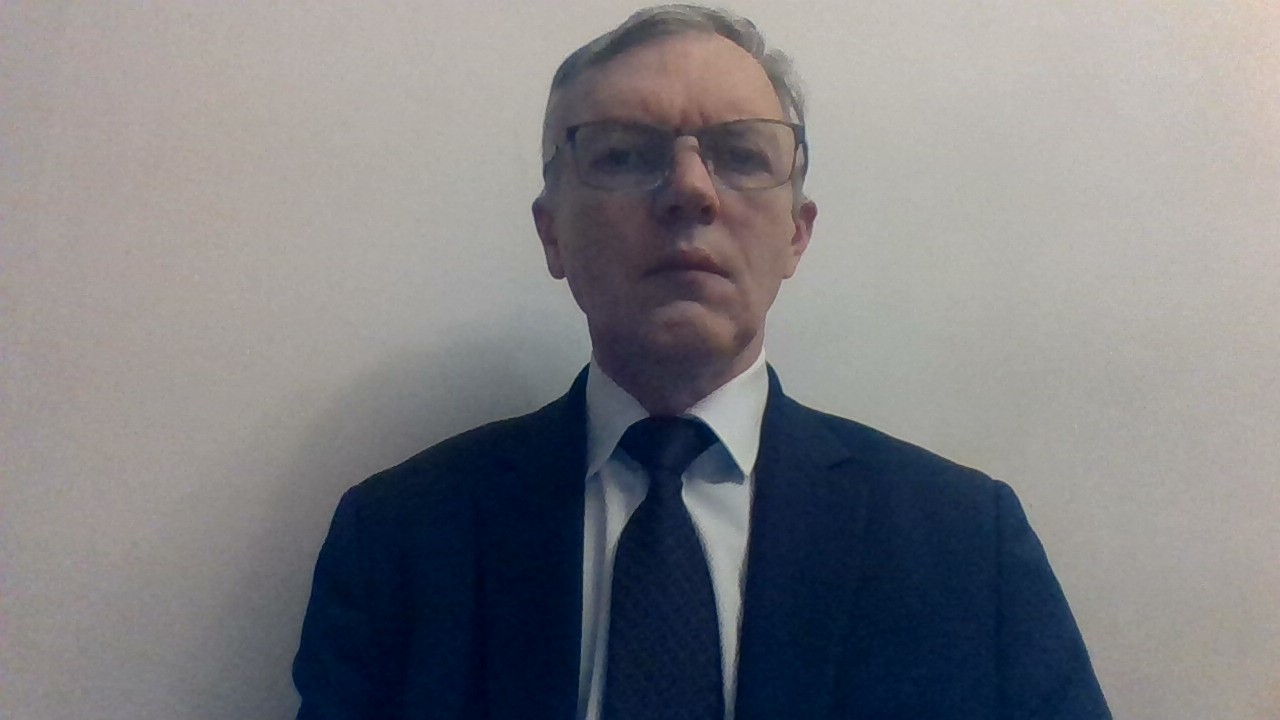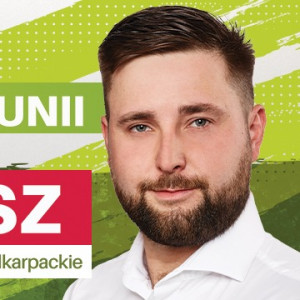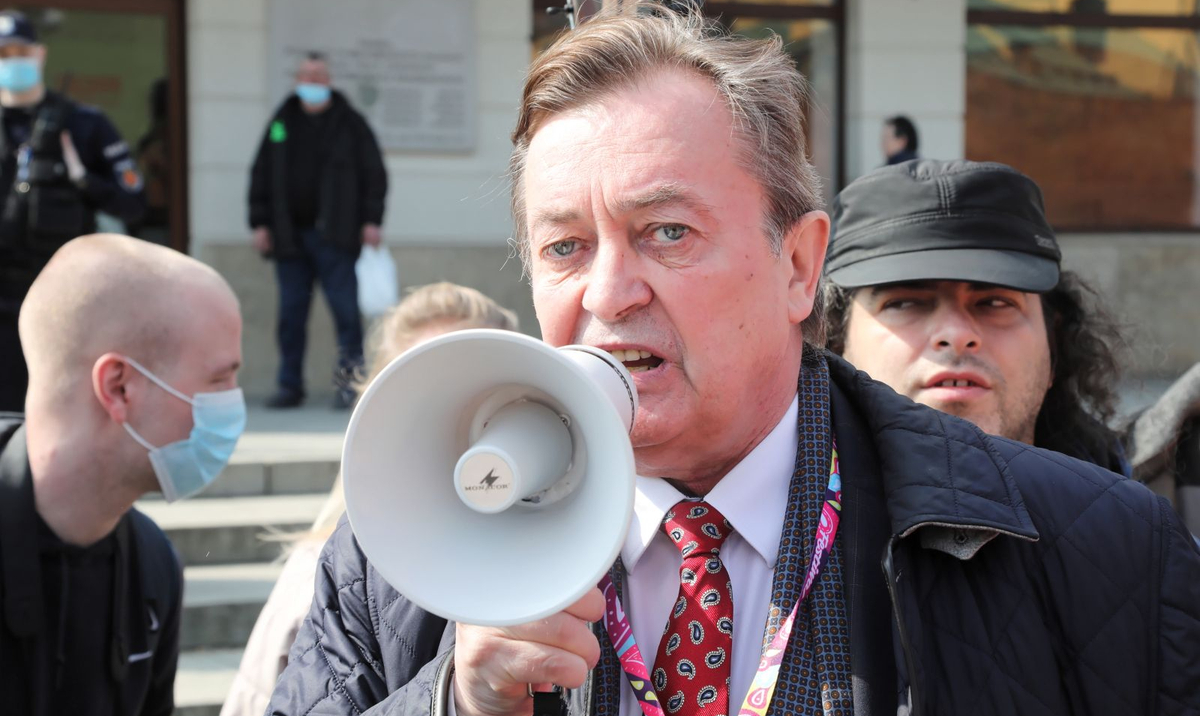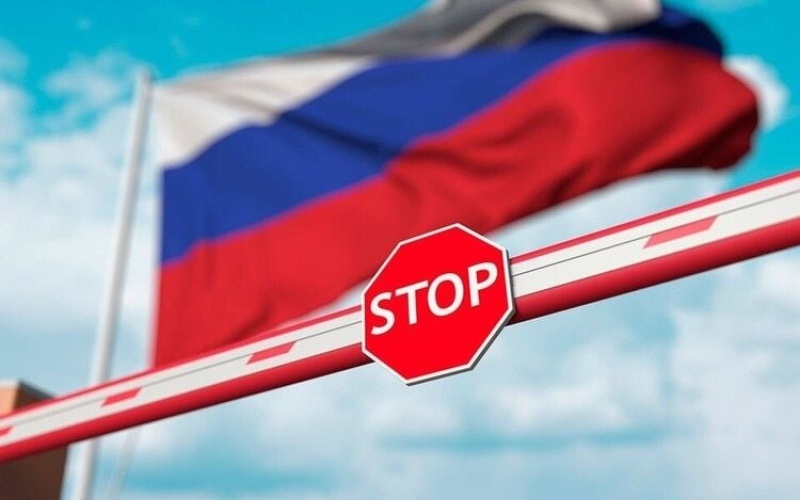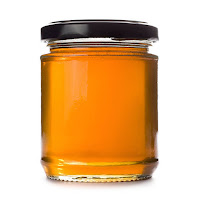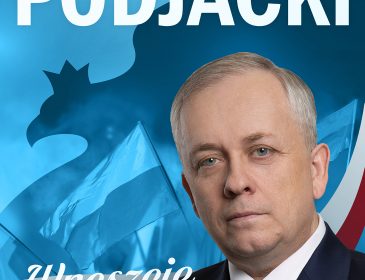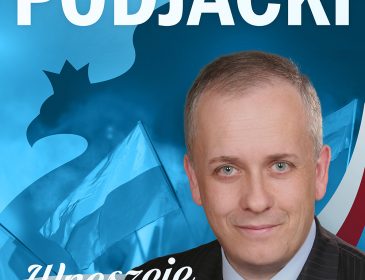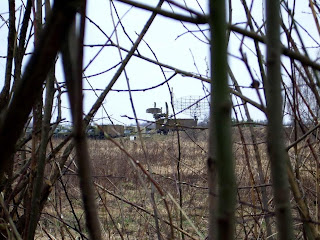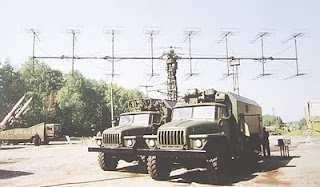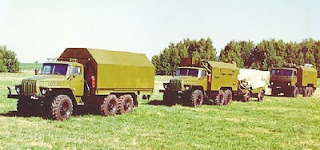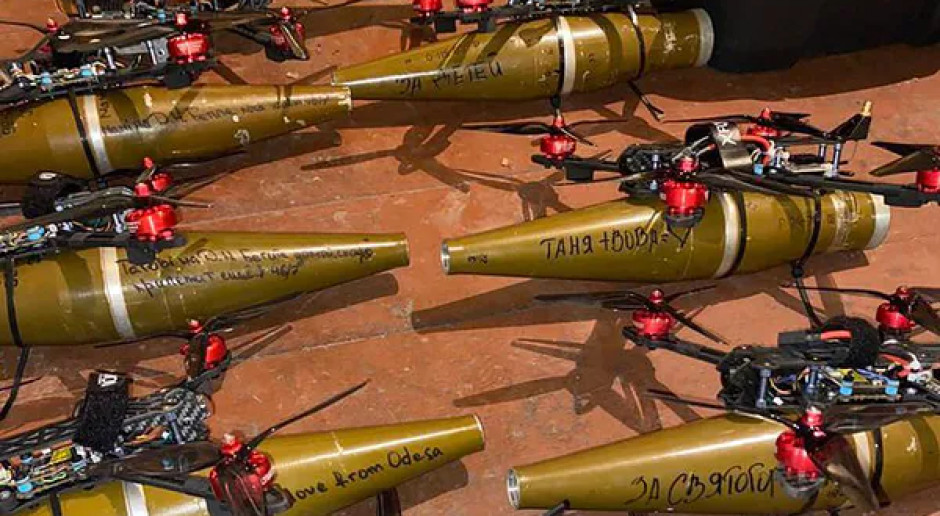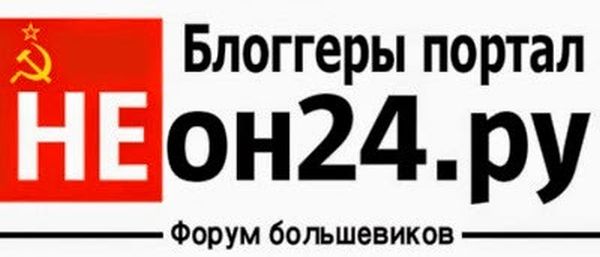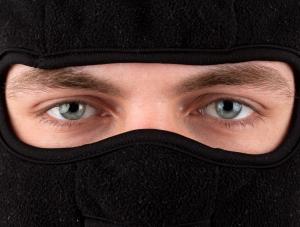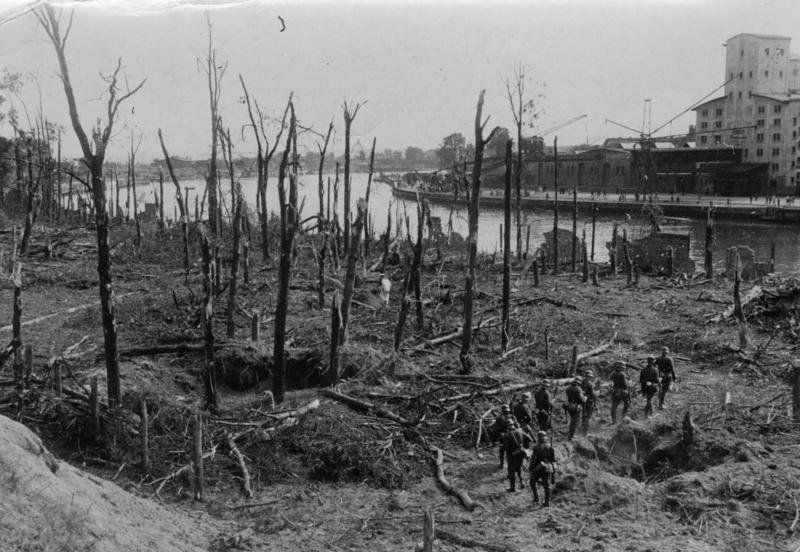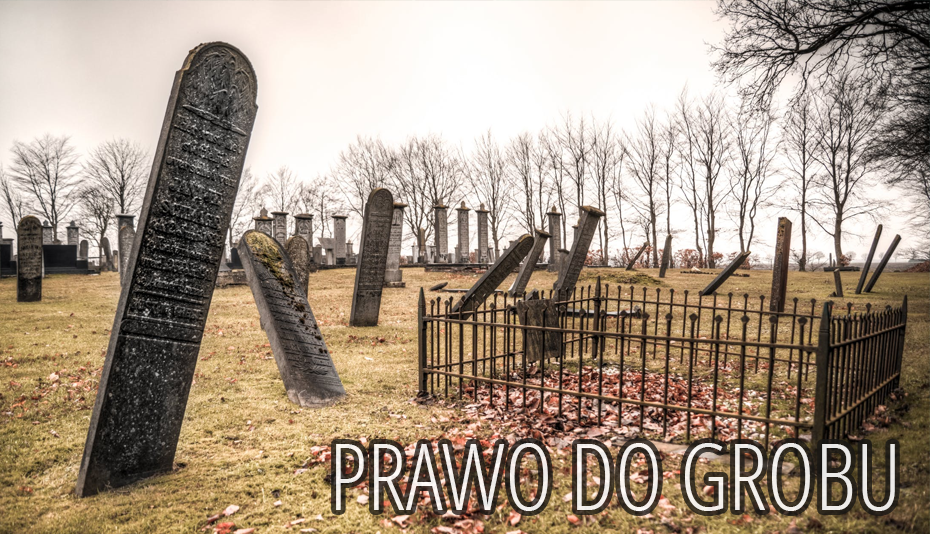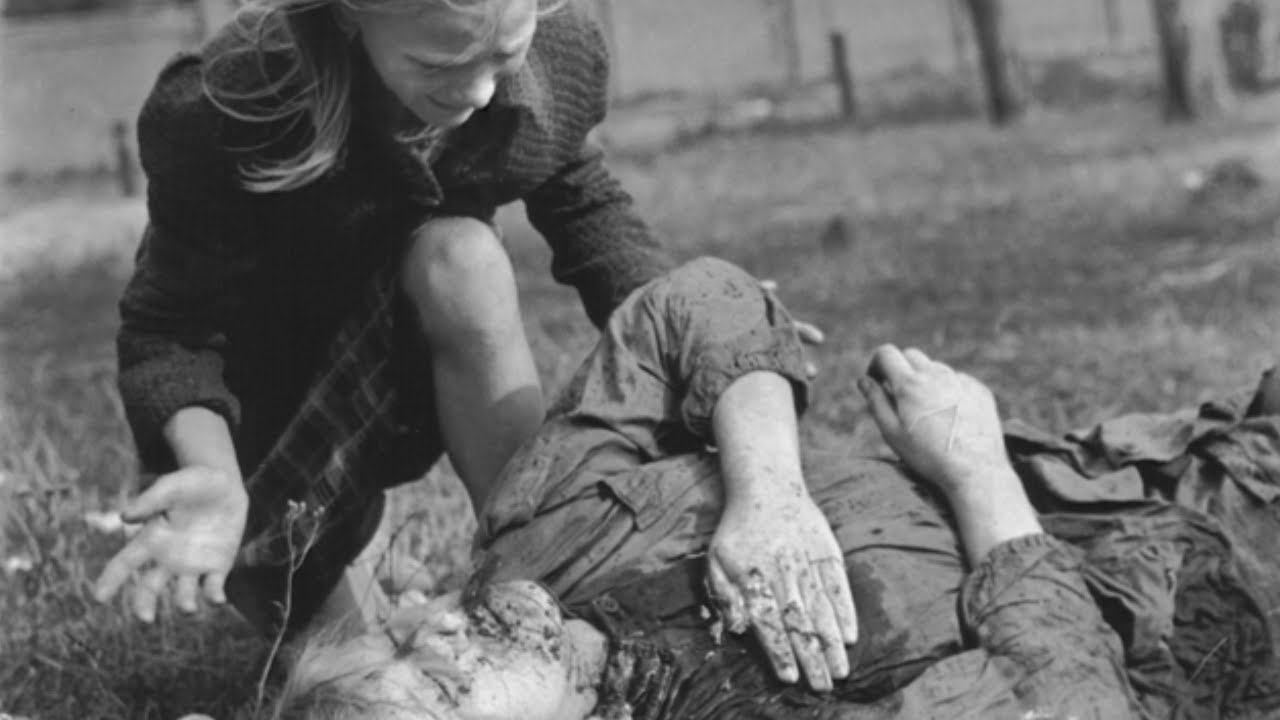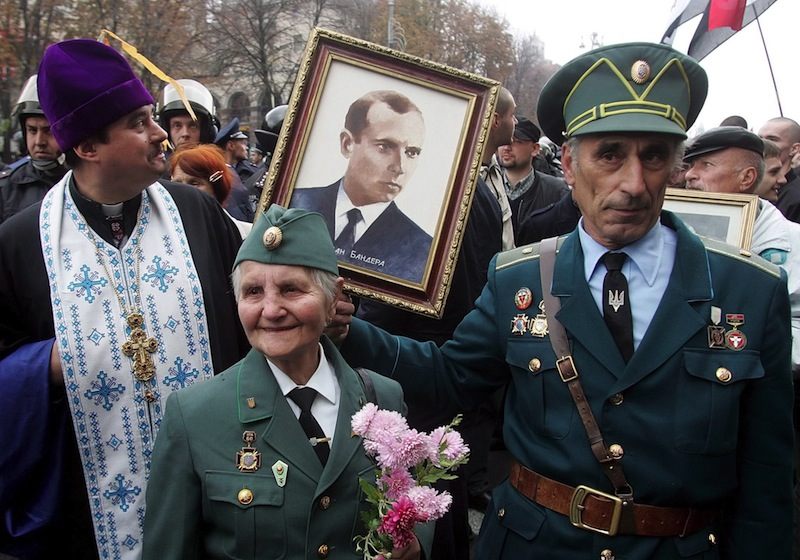Inspectors falsified data on the visibility of the Smolensk airport and they then gave false information to the crew Polish Tupolev. As prosecutors and testified against the Russians, would thus discourage the Poles to land. The fact came to the content of these testimonies. They are shocking. Because they show that people who should give the parameters necessary for the safe planting machine at the airport runway, in its sole discretion ming them.Russian investigators and Victor Paul Pliusnin Ryzenko prosecutors testified that, although the visibility at the airport Siewiernyj was then 800 meters, they deliberately gave the Polish pilots, another value – 400 meters, which, moreover, was recorded on the recording of black boxes.
The reasons stated by the Russians for giving out the lower visibility was they wanted to discourage the president from landing.
In previous threads titled: How to Kill a Polish President and Use Bad Weather as an Accomplice, I stated the following before the transcripts where released:
In a sensationalized video released on the internet by an amateur videographer, you can look toward the end where the shallow valley sets and see the visibility is poor but not 200 meters as was stated by Russian authorities. Also, through the smoke you can make out the height of the obscuration of the fog and see blue sky.
By looking at the video on the previous thread, you could see the visibility was better than the 200 meters which according to the transcripts, was the visibility given to the president’s pilot by the Polish crew from the Yak-40.
This idea that a lower visibility was given to deter the pilots from landing is nonsense.
Here is why.
10:24:49,2:
KVS: Temperature and air pressure, please.
044: We greet you
warmly. You know what, speaking honestly, it’s a bitch down here. Visibility is
about 400 metres and in our view the bases are below 50 metres, thick.
D:
The temperature (incomp.), air pressure 7-45. 7-4-5, the landing conditions are
nonexistent.
KVS: Thank you, if it’s possible we’ll try to approach, but if
not, if the weather’s bad, we’ll circle around.
2P: Have you landed yet?
044: Yeah, we managed to land at the last minute. But speaking frankly, you
can definitely try. There are two APMs, they made a gate, so you can try, but…
If you’re unable by the second attempt, I advise you to try, for example Moscow,
or somewhere [else].
The Polish crew, even though the weather was a "bitch", told the president’s crew "Yeah, we managed to land at the last minute. But speaking frankly, you can definitely try. There are two APMs, they made a gate, so you can try…"
The Polish crew said "But speaking frankly, you can definitely try."
This is not an act of trying to convince the pilot to not land, it is an invitation to try an approach, an approach that ended in a tragedy. Moreover, the APMs that the Polish crew spoke about are runway lights that are left and right and form a gate on the approach end of the runway.
They were never there and if they had been, the crew on the president’s plane would have known this during their prefight.
So not only do you have the Polish crew and the Russians on the ground lying about the actual weather conditions while suggesting that there are runway lights when there aren’t any, the question is now raised on what about the Russian Il-76 that was carrying the president’s security team?
They supposedly made two attempts.
Now logic does not follow — if the weather was bad and the Russian controllers were trying to discourage the president’s plane from landing, why did they not offer the same advice to the Russian pilots on the Russian Il-76.
Two missed approaches by the Russian Il-76? And the visibility was at least 800 meters or better.
So again, why the two attempts and two missed approaches? In a thread titled: Somlensk: In the Norm at 100 Meters, I pointed to an article that state:
The radio tower at Smolensk airport may have been dysfunctional on the fateful
morning of April 10, and contributed to the Polish presidential airplane
disaster.Signals from the radio tower were problematic to the Polish
crew of a Yak-40, which landed in Smolensk about an hour before the presidential
Tu-154. It was the last airplane to successfully land at the airport that day.Just minutes prior to the crash, a Russian Il-76 diverted to Moscow
after it was unable to stabilize its approach to landing. The Yak’s
Polish crew saw it veer to the left of the runway, a mistake that
should not occur when a constant radio signal is present, according to sources
close to Rzeczpospolita.(emphasis added)
The crew on the Yak-40 stated that they could see from the ground, the Russian Il-76 veer left of the runway.
Now given the Polish crew on the ground could see the Russian Il-76, there is no doubt that the pilots could see the runway because as now admitted, the visibility wasn’t 400 meters or 200 meters and the ceiling was definitely not 50 meters or 100 meters because the Yak-40 crew could see the aircraft from the ground.
So why didn’t the plane carrying the president’s security detail land?
Moreover, how is it that you have a certified airport with mins of 100/1000 and aircraft veering left of the runway?
As pointed out on previous threads, there was indication that a mobile radar unit was sent to accept the VIP landing of Tusk.
The following photos are of radar units at Smolensk.
The first photo is what looks to be the RSP 6 radar. The second photo shows it was moved a few weeks after the crash and is with another radar platform in among a group of trees.
As stated before, the one radar is believed to be a РСП-6М2, РСП-10МН1.
The photos of the radar platform below match the one that was taken at Smolensk.
The radar is certified to ceilings down to only 150 meters and you can find here how the RSP7, a close platform to the RSP 6m2, operates.
However, on April 5th, Smolensk was certified to accept VIP planes with ceilings down to 100 meters and a minimum visibility of 1000 meters.
And that raises the topic of a radar unit that has the following vehicle that was seen at the radio beacon with two military green antennas setting left of the runway radio beacon mast.
First photo shows the military vehicle at the beacon. The second photo shows the two antennas left of the beacon.
The chassis design of the military vehicle fits the chassis design of support vehicles for the Nebo/ L13/117/119 mobile radars.
The second vehicle in the photo below fits the chassis profile.
Interior of the vehicle of the 117 mobile radar that is housed in the same chassis profile.
It is not known at this time what mobile radar unit was at Smolensk.
But to get an idea on how an older radar console looks, the following pictures below show the 2D images of the console.
What is known is that Smolensk has an ATC radar that can guide an aircraft along its glideslope.
And the president’s pilot was lied to by both the Polish crew and the Russian ATC when it came to actual weather conditions at the airport.
There will be more coming out as this investigation moves along.
Update:
I came across this website that has a Russian living in Smolensk who has been keeping tabs on the crash in Smolensk. The pictures above are on his website and the others below, show more interesting evidence on Smolensk.
These are photos of the radio beacon on the approach to Runway 26.
As you can see, the two military antennas, a closeup of the vehicle and it is not known what is inside
From a distance it has the same appearance as the vehicle that supports newer mobile radar systems. The chassis is similar but not the same.
In the picture below, left of the antenna, a pointer is showing the vehicle that may support the newer radars.
Originally, the vehicle in the picture below was the one thought to be the vehicle at the radio beacon. The side panels of the vehicle are not squared at the top like the one at the radio beacon and is closer in design to the newer vehicles.
But this vehicle looks to be a support vehicle for the Nebo class of radar. Here is one possibility with the truck on the right.
NITEL modernised P-18 Spoon Rest D/E variant (NITEL).The P-12NA was sufficiently different from the baseline P-12, to be redesignated as the P-18 Spoon Rest D, and entered service during the early 1970s. While retaining the general arrangement of the earlier Spoon Rests, the P-18 has more gain with an array of 16 Yagis, while retaining the two van packaging of the late model P-12s. The P-18 was deployed primarily with PVO–SV (Army air defence troops), and also widely exported to Soviet client states and Warsaw Pact nations, with over 3,000 units built according to NNIIRT.
Or part of the Nebo 1L13 class. Truck in the center. The angle of the photo is blocking the front end.
As for the weather on April 10th, I found the Russian’s statements below, interesting:
This fog weather forecasters warned in advance. The fog appeared in all the weather report to 10 April (see this possible in the archives of weather
forecasts, available online). But the fog was expected to be only a morning,
afternoon, weather forecasters promised good weather.
If this is indeed the case, then as reported by the Polish press earlier, why did the Polish dispatch not brief the president’s plane on fog before the plane’s take-off?
Did the Russians not provide the forecasts to the president’s crew or did the Polish dispatch have the forecasts and didn’t brief the president’s crew?
And why the one hour delay? As was stated on a previous thread, the Yak-40 landed when the president was to arrive.
However, in new updates, the Russians are now stating that they told the pilots of the Yak-40 that they were not to land because of bad weather.
Russian controllers ordered Jakowi-40, which landed in Smolensk just before the presidential machine, interrupting the approach to landing. However, the plane ignored the command. Pilot claims that it is not heard – learned TVN24. In turn, according to the Polish pilots presidential Tupolev had final approval for landing in Smolensk.As-40 landed on April 10 before the presidential Tupolev. What the crew over the radio warned colleagues to fatal conditions, but did not mention that the control tower ordered them to stop the landing.
As the reporter learned TVN24, to issue a stop command, testified before the landing, Russian prosecutors investigators. When the plane was in kilometers from the belt, figured out that he can not see. For the crew of the airplane was not asked them for permission to land, and gave no information about its height. Then the controller issued the command to leave the second circle, but despite this there was no response to commands. The crew decided to land. Polish captain, in turn, testified that he did not hear the command.
(google translated)
Now I have to question the turn of events with regard to the Yak-40 landing as stated by the Russians, given the Russian Il-76 made two attempts to try and land.
Did the Russian controllers tell their own pilots to not land while the Russian Il-76 made two attempts. Or where the Russians just "testing" out the radar system to see if it would make them veer left as was stated by the Polish crew in a report.
Just minutes prior to the crash, a Russian Il-76 diverted to Moscow after it was
unable to stabilize its approach to landing. The Yak’s Polish crew saw it veer
to the left of the runway, a mistake that should not occur when a constant radio
signal is present, according to sources close to Rzeczpospolita.
The Russian stories are certainly falling apart because as the Polish crew stated, 15-20 minutes before PLF101 tried to land, the Polish crew stated they could see the Russian IL-76 veer left, indicating that visibility wasn’t 200 and a ceiling height was at 50 meters.
And if the Russian IL-76 was told to not land under airport mins, then the following would have occurred with the Russian crew:
Pilots agree that this land should not be. In such conditions, the aircraft should stop at 100 meters and did not go down below. If the lands at the airport when the conditions below the minimum, the local office of the air comes, he says, "Captain, your license please" and take a license – explains Capt. Polanski
(google translated)
It seems odd that they would attempt to land knowing that their license could be yanked.
Now knowing that if the Russians were trying to land below weather mins, some Russians seem to be having second thoughts on what the actual weather was at the airport.
According to the story at the bgining of this thread, the Russians deliberately told the pilots that the weather was worse so they wouldn’t land.
I find it odd they would do that, since it did not deter the Russian pilots carrying the president’s security detail on the Russian IL-76 from trying two times to land and knowing that if they landed, it would mean "give me your licenses".
And on top of this add the fact that the pilots flying the president asked that a Russian navigator be onboard.
Pilots responsible for transporting Prime Minister Donald Tusk and President Lech Kaczyński to Smolensk had requested the assistance of a Russian navigator as early as March 18.
In the same letter, the pilots asked for technical data regarding the Smolensk airport.
The documents were sent out to the Polish embassy in Moscow as well as Poland’s Ministry of Foreign Affairs.But no Russian navigator flew with PM Tusk on April 7 or Mr Kaczyński on April 10.
Reczpospolita journalists have yet to get answers as to why that was the case. They want to know whether Russia declined the request, whether Poland made the request too late, or whether the pilots’ requests were sent to Moscow at all.
To date, the paper has received no answers from the authorities.
I’m sure the Russians will find an excuse and a good story on no Russian navigator being selected to be onboard the president’s plane.
I have my own thoughts on the matter; the Russian navigators knew better than to fly with the president on that tragic day.

